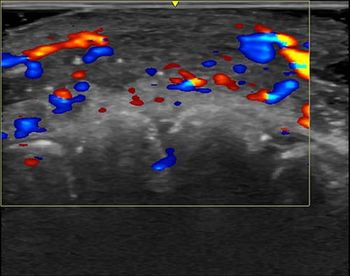
Collaborating with Breast Surgeons
Radiologists and breast surgeons often have different follow-up protocols for probably benign lesions. The closer collaboration is ideal, but we need to merge our algorithms.
I recently changed jobs and joined a large multispecialty group in hopes of providing better care to my patients with increased continuity of care and less fragmentation.
One of the reasons I left my old practice was the lack of continuity in breast imaging. At my previous position at a standalone outpatient radiology imaging center, I had a good relationship with my women’s imaging patients since they would come to me on a yearly basis. However, when an abnormality was detected and the patient was sent to a breast surgeon, the continuity of care with my patient would be broken.
Most of the time I would not see my patients for months or years and would not get the full history of their evaluation and treatment other than through the imaging findings. This is probably the case for many outpatient stand alone radiology practices that do not have established relationships with breast surgeons. Breast surgeons usually are affiliated with hospitals and often have an allegiance to a hospital.
In my current practice I evaluate a patient’s mammogram, and if necessary, the patient sees the breast surgeon and a biopsy is performed on the same day. Within the week, the patient will have all the necessary tests and surgery.
The one problem I have encountered working directly with breast surgeons is the differences in the way we follow-up probably benign lesions. Both of us agree that if a nodule is stable for two years it is benign, however, the algorithm to follow patients during the two years is different.
I follow American College of Radiology protocol by following these nodules every six months until they demonstrate two-year stability. On the other hand, my breast surgeon colleagues do not adhere to a systematic follow-up approach and may bring back patients every two or three months.
Although there are differences in our approaches, I am happier at my current position because I know we are providing effective and efficient care for our patients as a team rather than as individuals. Over time I hope we can merge our algorithms to provide a more consistent approach to our women’s imaging patients.
Newsletter
Stay at the forefront of radiology with the Diagnostic Imaging newsletter, delivering the latest news, clinical insights, and imaging advancements for today’s radiologists.




























